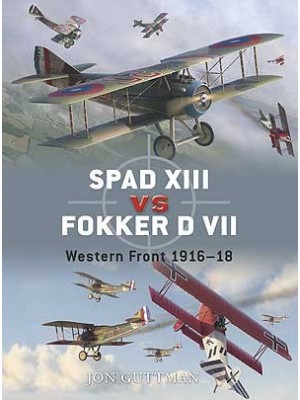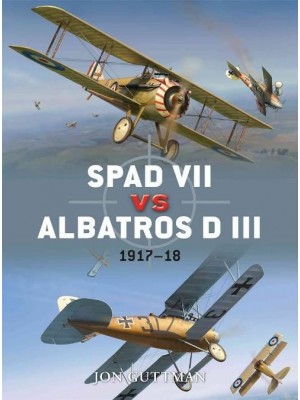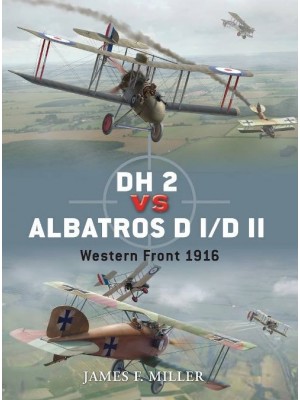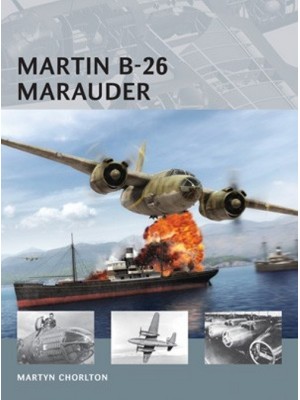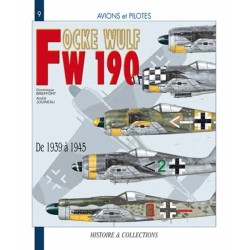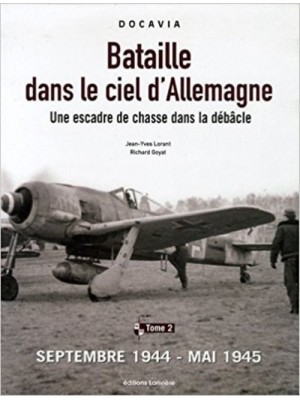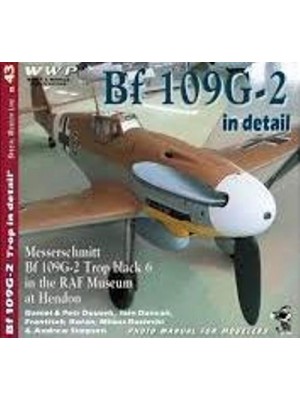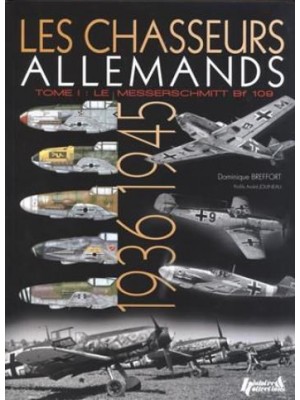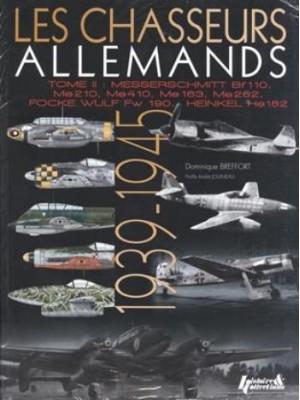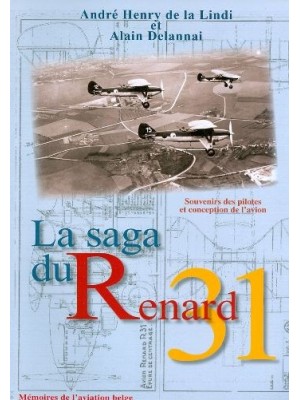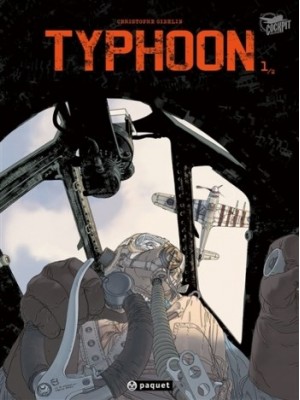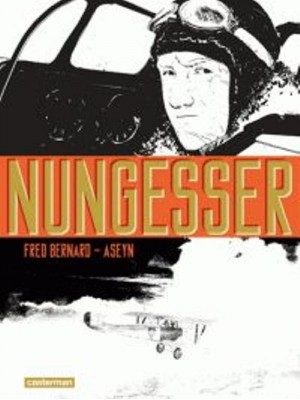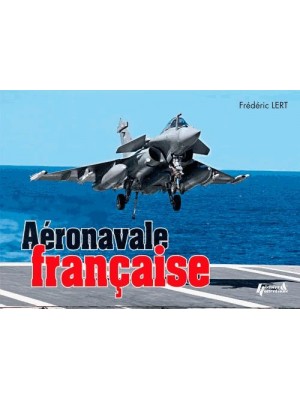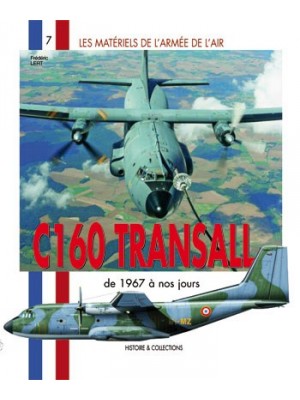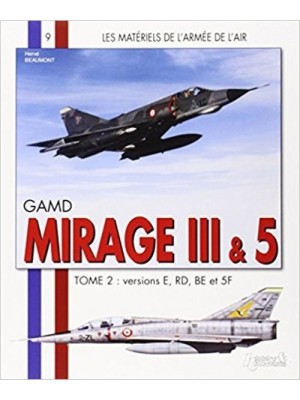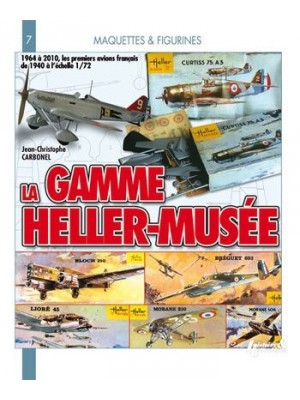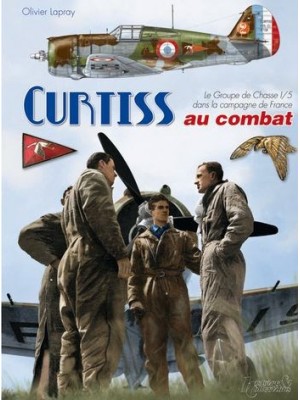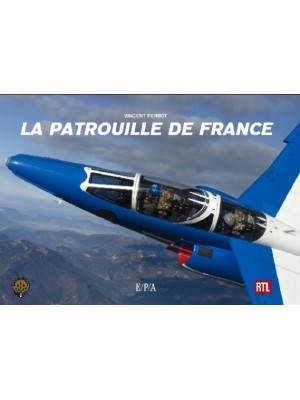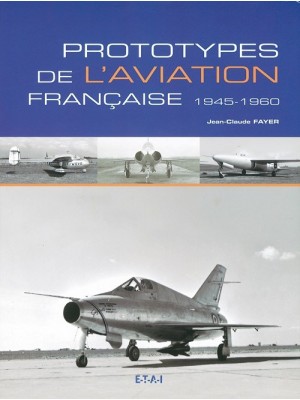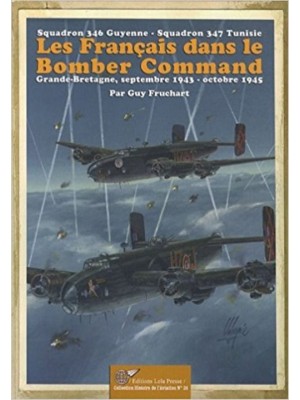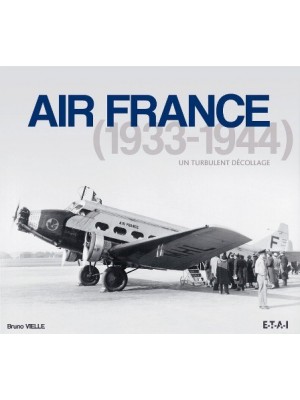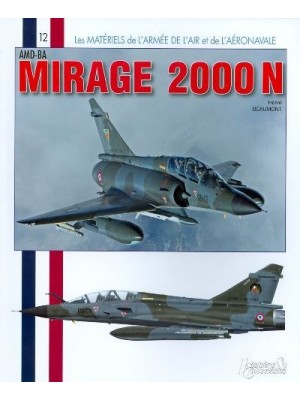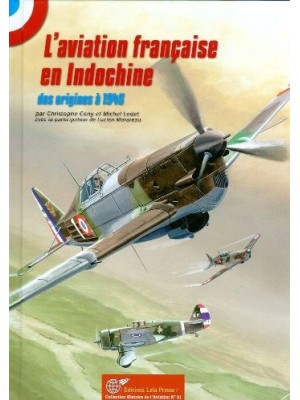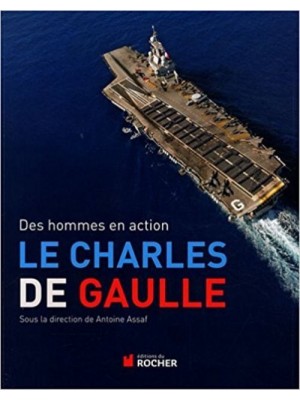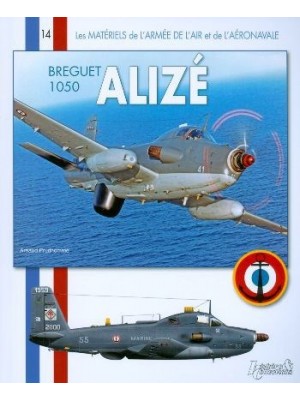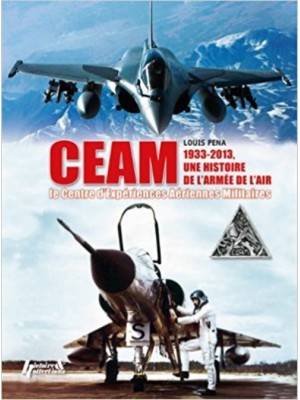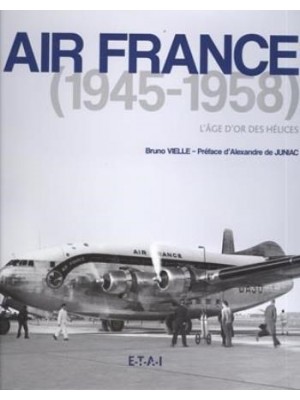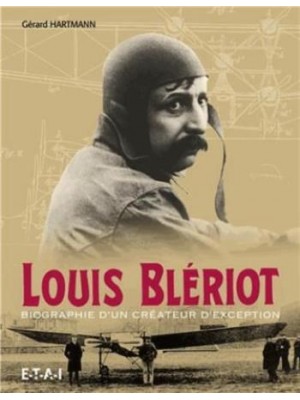Aucun produit
Librairie passion Automobile, 83 rue de Rennes, 75006 Paris (Métro, stations Rennes ou Saint-Sulpice) 01 45 48 15 14
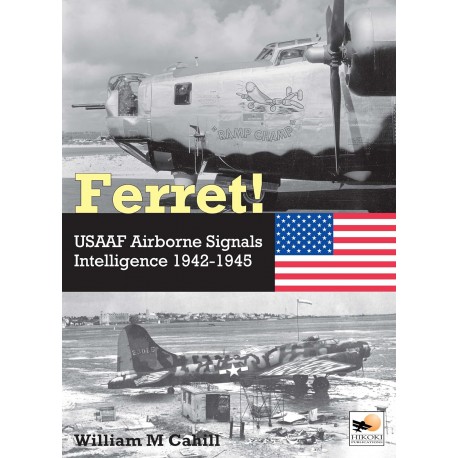 Agrandir l'image
Agrandir l'image
FERRET ! USAAF AIRBORNE SIGNALS INTELLIGENCE 1942-1945
During World War Two, the USAAF swiftly developed and deployed airborne signals intelligence (SIGINT) aircraft, pioneering advanced radar technologies and operational tactics amidst wartime challenges. ...
Référence 7U_0632
Derniers exemplaires disponibles
Fiche technique
| EAN13 | 9781800352971 |
| Editeur | Crecy Publishing |
| Langue | anglais |
| Auteur(s) | William M. Cahill |
| Date de parution | octobre 2024 |
| Nombre de pages | 280 pages |
| Format | 21 x 30 |
| Couverture | relié sous jaquette |
| Photos | illustré |
En savoir plus
During World War Two, the USAAF swiftly developed and deployed airborne signals intelligence (SIGINT) aircraft, pioneering advanced radar technologies and operational tactics amidst wartime challenges.
The design and production of the airborne signals intelligence (SIGINT) aircraft of the USAAF during World War Two was an example of a rapid wartime evolutionary process. In three short years, the USAAF went from hand-built prototypes to full scale production of an aircraft type that had not previously existed in the US inventory. Government partnered with universities to form research laboratories focused on radar countermeasures (RCM) while US airline maintenance facilities were requisitioned to form production centres for modifications to allow rapid insertion of the technology. The USAAF pushed the bounds of systems integration and programme management, learning how to rapidly develop, field and operate aircraft in the ever evolving war in the electromagnetic spectrum.
Just as the technical design changed, so did the operational employment of these 'ferret' aircraft. Ferrets started as an adjunct to bombing missions but quickly evolved into aircraft flying their own missions off the enemy coast. New schools were developed to train personnel to operate these aircraft, and when output was lagging, squadrons set up their own schools in theatre. Technical representatives from US and Allied universities helped modify aircraft as tactics changed, providing feedback for later production equipment and aircraft. The story of these 'ferret' aircraft is one of talented people across all walks of life pulling together to solve a complex problem under trying conditions.
Each chapter in this new study of the beginnings of US SIGINT operations is profusely illustrated with an introductory essay placing the aircraft in context of the war in the theatre and includes expansive captions, maps, and operational details. The author William Cahill, a former USAF officer with a reconnaissance background, offers unique historical insights into the development and operation of these vital airborne signals intelligence assets.
30 autres produits dans la même catégorie :


